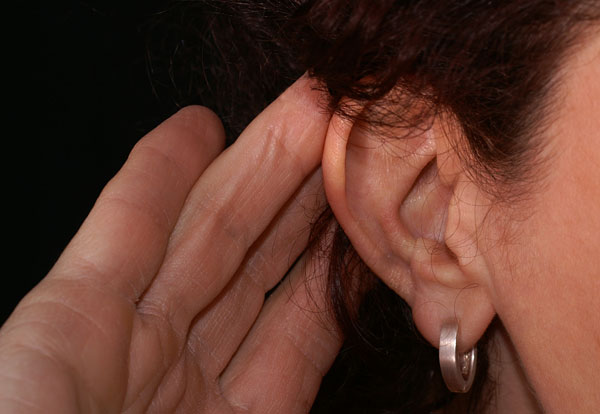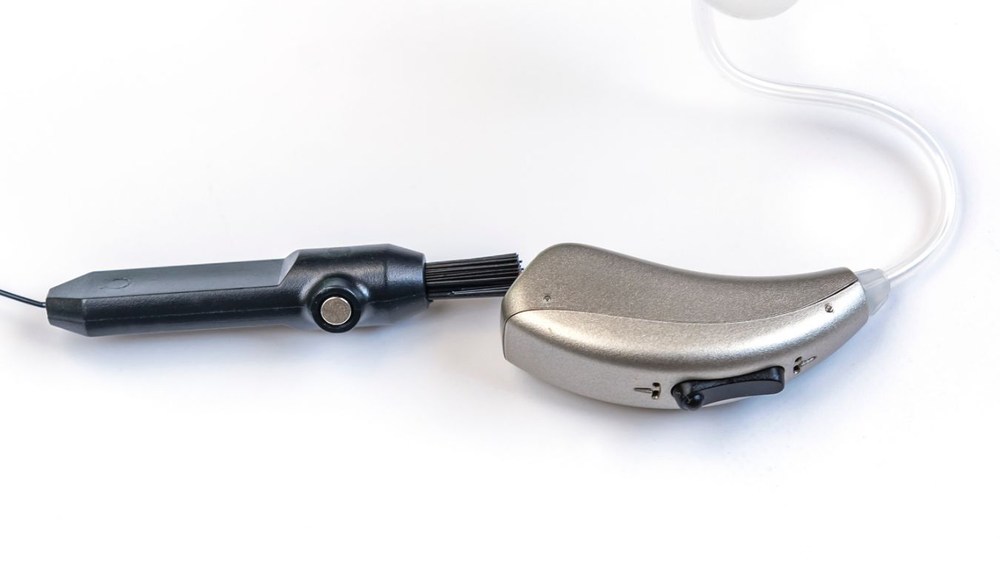What Parents Should Know About Hearing Loss in Teens
Hearing loss in teenagers often goes unnoticed, especially as teens become
Local: (512) 956-HEAR (4327)


Hearing loss in teenagers often goes unnoticed, especially as teens become

Have you ever wondered how musicians manage to keep their hearing sharp

If you wear hearing aids and take part in swimming or other water